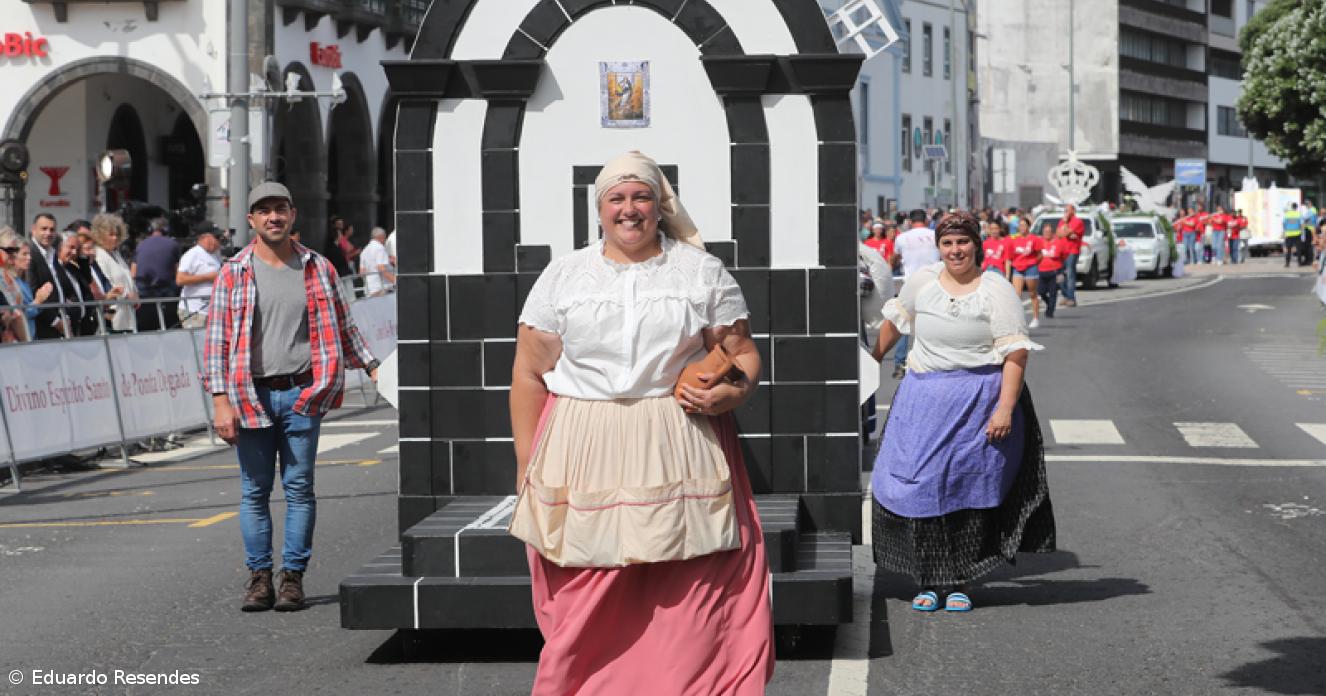Autor: Rui Jorge Cabral
This objective, announced by the president of the Azores Regional Government, José Manuel Bolieiro, is part of the 'Blue Azores' program, whose memorandum of understanding was signed in February 2019 by the Azores Regional Government, then led by the socialist Vasco Cordeiro, the Oceano Azul Foundation, from Portugal, and the Waitt Foundation, from the United States of America.
Originally, the 'Blue Azores' program had set a target of 15% of the Azorean Sea as marine protected areas, which is now doubled.
As explained by the president of the Regional Government of the Azores, José Manuel Bolieiro, “the European Commission has defined the strategy of reaching 30% of the sea in marine protected areas by 2030, but the contribution of the Azores may be more ambitious: our intention is to achieve this goal already in 2023”.
José Manuel Bolieiro was speaking in Ponta Delgada before chairing a meeting, at Palácio da Conceição, with different entities linked to the sea - governmental and non-governmental, as well as the private economy - in order to define policies to implement the new marine protected areas.
For the president of the Regional Government of the Azores, “with more protection, the greater will be the potential for international recognition and added value in terms of environmental quality” of the Azores.
In an intervention that preceded the meeting, José Manuel Bolieiro also mentioned the government's “huge commitment” with fulfilling this goal, with a view to make the Azores “an example for the rest of the world” in the name “of our historical identity, as we were always more users of the potential that nature has given us, than predators of the richness of our ecosystems”.
José Manuel Bolieiro also highlighted the participatory nature of this project, which aims to listen to all those involved with the sea in the search for a consensual path, “combining science with economic and social life”.
Finally, the president of the Regional Government of the Azores stressed that, by having 30% of the Azores Sea in marine protected areas, the aim is also to enhance the value of fish in the Azores. However, Bolieiro acknowledges that, with greater fishing limitations, it is necessary to “have a compensation strategy, in case there is any situation or risk that compromises the income in the transition period”.
On the other hand, the administrator and head of the scientific board of the Oceano Azul Foundation, Emanuel Gonçalves, recalled the institution's facilitating role in creating new marine protected areas in the Azores, alongside the Waitt Foundation.
Emanuel Gonçalves, who took part in the meeting with the president of the Regional Government of the Azores, stressed the need to “have basic scientific information that supports decision-making processes, to have a legal framework that is adequate for this region's ambition to achieve these objectives and to have a participatory process in which everyone has a voice and in which their points of view can be integrated into the decision-making process by the Government in the most informed way possible”.
Emanuel Gonçalves also considers that the objective of creating more marine protected areas in the Azores intends not only to preserve what already exists, but also to “recover marine environments, providing the economy with more options in the area of sustainability”.
Also because, states the administrator of the Oceano Azul Foundation, there is an entire economic activity generated around Nature, ranging from fishing to maritime and nature tourism to the scientific dimension. All of this environmentally qualifies the Azores and reinforces the work that has already been done in this regard.
Emanuel Gonçalves admits, however, that the creation of such a vast number of marine protected areas in the Azores will have, at first, some economic impact, but stresses that, “if we do nothing, we will continue to lose value, we will continue to witness resource and environmental degradation and we are not going to be able to reverse these patterns”.
The Oceano Azul Foundation administrator concludes by stating that the negative impacts of creating new marine protected areas, if compensated for in the short term, will be "largely outweighed by the positive impacts, because science shows us that for every euro invested in marine conservation, the economy generates 5 to 20 euros in return, depending on where we are or the policies that are implemented; but it is always a win-win situation”.
A 30% target is “too ambitious”, warns the Fisheries Federation
The president of the Azores Fisheries Federation, Gualberto Rita, agrees with the creation of more marine protected areas in the Azores, but considers that a 30% target for 2023 is “too ambitious” and could lead to difficulties - which will have to be compensated - in the fisheries sector.
Speaking to Açoriano Oriental, Gualberto Rita, who also took part in the meeting with the president of the Regional Government, recalled that fishermen use less than 1% of the Exclusive Economic Zone of the Azores, in the shallower areas of the ocean.
Therefore, Rita warns: "contrary to popular belief, even though we have a lot of sea, we have very little fishing area". The creation of many more marine protected areas will "reduce even more our already limited fishing area".
Gualberto Rita also warns that half of the new areas will be fully protected, which implies that not even tuna - which is a migratory species - can be fished in these areas; this generates "concern" in the sector and will have an "impact” on fishermen's income.
For this reason, Gualberto Rita calls for the implementation of compensation measures, such as the decommissioning of fishing gear and boats or even biological stops, as well as a greater regulation of recreational fishing, which would allow for the "reduction of the fishing effort".
Finally, Gualberto Rita calls for a “new political strategy for the fisheries sector and for the management of fisheries in the Azores”, because of the creation of new marine protected areas.





